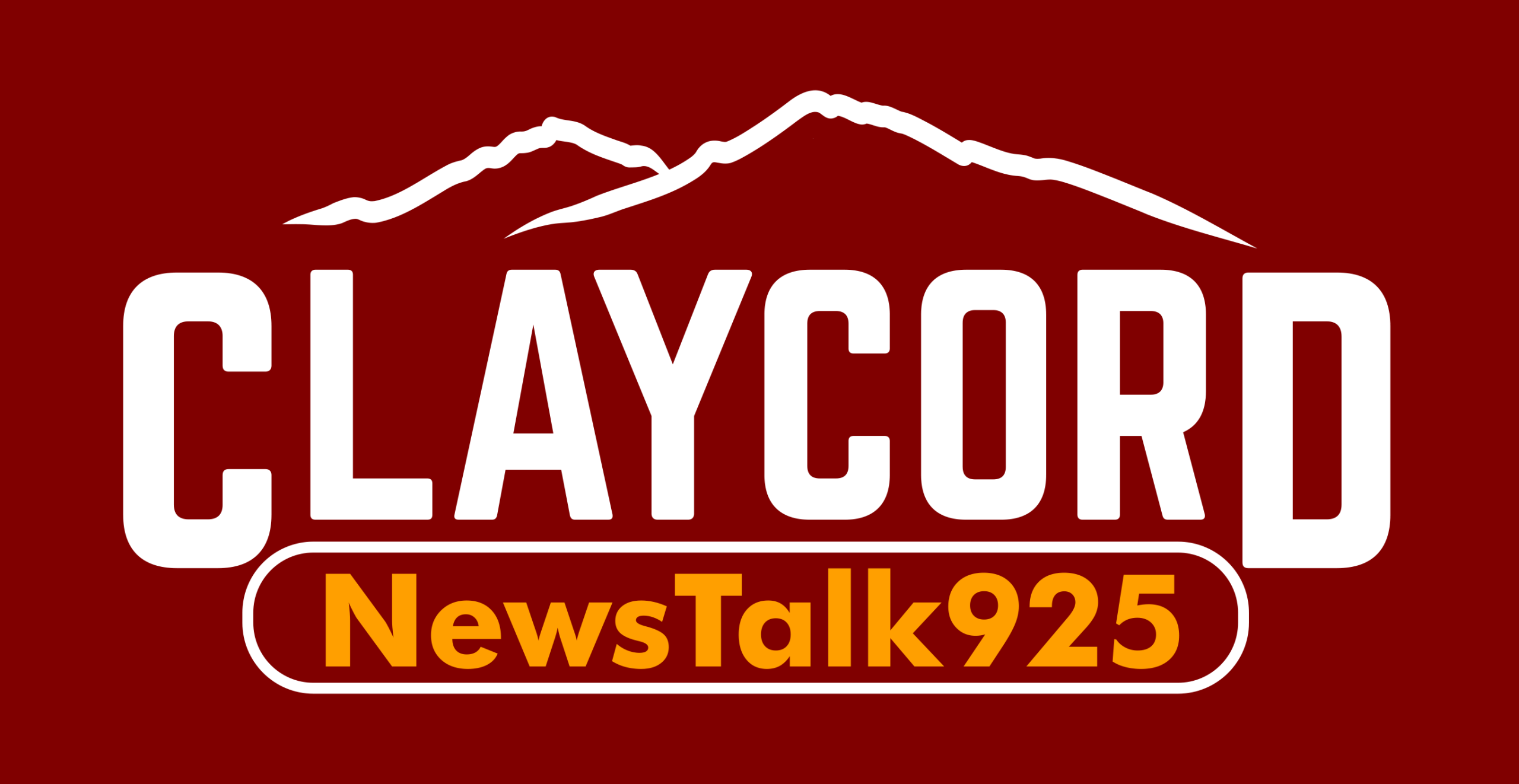Contra Costa County residents are invited to share opinions, concerns and questions Thursday about Link21, a program introduced earlier this year by BART and Capitol Corridor that seeks to improve the rail network throughout the 21 counties in the Northern California region.
If all goes to plan, the program will produce a new transbay crossing between Oakland and San Francisco, expanded service in new areas and a greater interconnected system between regional public transportation services by 2040.
Still in its early stages of planning, organizers are inviting the public to provide input at a series of virtual workshops. Along with the first one held Thursday for Contra Costa County residents, the program will survey groups in Alameda County, San Francisco and Solano County during the month of June.
BART spokesman Jim Allison says the goal is to hear the public’s priorities on transportation and initiate them into the plans accordingly. As the Bay Area grows in population size and expands to adjacent areas, the transit agency has already seen a greater need for more frequent service in some areas.
“What we’re hoping to gather from people is what matters most to them,” Allison said. “Is it reliability? Is it access to better quality jobs? Is it being able to leave your car and get farther on a train with a one-seat trip? There needs to be some value assessment at what are the values that people rate the highest, so that’s why the workshops are important.”
One major component to the program is adding on to pre-existing regional rail services.
Figuring out what literally drives people away from public transport and into their cars for commutes is another major component to these meetings, said Camille Tsao of the Capitol Corridor Joint Powers Authority.
“We’re just trying to reach out to as many people, as many diverse, different people, in our different audiences as much as possible, so we can really understand the full gamut of who could use our services,” Tsao said.
So far, BART’s $3.5 billion Measure RR bond approved by voters in 2016 funds the early stages of analysis and planning. More money from Regional Measure 3 approved by voters in 2018 and Capitol Corridor’s state funds will begin to funnel into the project as well. Plan Bay Area 2050 estimates the project to cost $39 billion in 2040 dollars.
Tsao said although only two agencies are leading the program now, they’re backed by a series of partners and there’s plenty of room for more agencies to take a greater role as the project develops. It’s also important for the program to collaborate with short- and long-term projects throughout the region, she said.
“Link21 isn’t the end all, be all,” Tsao said. “There are a lot of different projects happening and we need to be coordinated and we need to make sure that we’re all working towards the same overall vision for a better rail network.”
At the core of their outreach is equity, Tsao said. Link21 designed “priority populations” based on groups that have been harmed or disregarded by transportation infrastructure projects in the past.
“Aside from the public workshops that we’re starting this summer, we’ve already started something on the equity front,” she said. “We call them ‘co-creation workshops’ and we’ve been working around the megaregion with community-based organizations in those areas to tell us who we should be working with.”
The public can attend any workshop, though each are designated to a certain geographic region. All workshops will be held at link21program.org, and are accessible in English, Spanish and Cantonese.
People can also respond to a survey on the project at https://survey.link21program.org/goals.
Assistance to those with disabilities or limited English proficiency can be provided upon request, so long as inquiries are emailed to inquiries@Link21Program.org five days prior to the workshop.
Dates and times are as follows:
- West Contra Costa and Contra Costa County: Thursday, 6:30 p.m. Co-hosted by the West Contra Costa Transportation Advisory Committee and the Contra Costa Transportation Authority.
- Oakland and Alameda County: June 22, 6:30 p.m. Co-hosted by the city of Oakland.
- San Francisco and surrounding areas: June 28, 6:30 p.m. Co-hosted by the San Francisco Municipal Transportation Agency and San Francisco County Transportation Agency.
- Solano County: June 29, 6:30 p.m. Co-hosted by the Solano Transportation Authority.


Another Trans-Bay crossing ? I’m not sure the construction could be funded from use, and I say hell no on a Property Tax deal like BART has
What drives commuters out of BART and into their cars?
1) Assaults on passengers
2) Robbery of passengers
3) Threats/verbal abuse of passengers
4) Homeless folks using the system as a hotel
5) Fewer seats
6) Filth
Why would anyone waste their time going to one of these meetings? They are not looking to improve passenger experience, but rather get their hands* deeper into the pockets of taxpayers. Because you just know BART is already angling for another tax increase.
Chuckie, you are right!
That’s why we stopped riding Bart!
And even visiting friends that road Bart from the airport to Concord begged that we not put them back on BART to go home. They were scared by the inner city youths that wander from car to car sizing up the passengers and their possessions. Nothing happened to our friends but they felt like they were going to be robbed. Instead of Bart going back home they booked a limousine to the airport for $130, as Bart scared them that much!
“So far, BART’s $3.5 billion Measure RR bond approved by voters in 2016 funds the early stages of analysis and planning.”
I can barely fathom the audacity of that statement. $3.5 billion for early stage analysis and planning?
I’ve said it before, but there is no bond measure Californians will not support. Let’s get in the hole for another $100 billion. I mean, it’s only numbers, right? Look how successful high-speed rail is.
will this be paid for all the “surplus”? LOL
trick question, there is no surplus, gavin lies
#RecallGavinNewsom
Doesn’t much matter what people want.
They’re going to do what they are told to do by the real people in power.
The real people in power don’t give a darn about the people.
All these meetings are nothing more than a poorly orchestrated dog and pony show.
Pre Pandemic, I rode BART everyday to work in SF. I just took the survey in the article & the majority of it is in regards to environmental impact. The majority of BART’s ridership is from commuters. Commuters are not taking trains because it is better for the environment, they are taking them because it is faster than sitting in traffic, & cheaper than paying for gas/parking in the city. I’m not sure what result they are trying to get from these survey, but it isn’t designed to get input to improve the transit system.
Keeping in mind DEMs running this state along with their unelected bureaucrats only had to build a bridge, only half way across the Bay.
Half a Bay Bridge, that was completed TEN YEARS LATE and $5 Billion over budget.
Pandemic has proven employees Do Not need to be all grouped into high rise in a prestigious Zip code. Data transmission rates improve yearly making working from home very feasible.
Worked all during lock down driving five days a week, 11 minutes each way, while large majority of other employees would show up once a week and company ran just fine.
At first glance, seems like reward for past campaign contributions and insuring future contributions from companies and unions by using tax payer dollars constructing projects.
Keep in mind also “transit villages” was an idea hatched in late 1980s.
Concentrating multi level high density housing near public ground transportation connection points. (bart stations) Pandemic kinda makes high density not such a hot idea and when has government in CA ever built transportation systems that didn’t require perpetual public taxpayer dollars in subsidies to keep operating ? ?
If CA absolutely needs transportation it needs to be financed, built and run by private for profit companies not by inept governmental bureaucracies.
Japan does it.
https://tinyurl.com/45tfjwmp
The last time I rode BART was in the early 1990s. I went from Lafayette to DTSF. They had a shutdown on the return, so I waited in a bar on Market until it got going again.
Well, I got partway through the questions. They only have answers designed to conveniently reinforce what they want not what the public wants. Screw that, screw BART.
It’s called a Push-Poll. Designed to obtain the answer THEY want no matter what you think or say.
Remember back in-the-day when BART promised Antioch that they would have real, actual train service?
I continue to say that BART reminds me of a sub-standard cruise ship, without the bar and buffet.
If they really cared about bringing back law abiding riders, they would build a new trans-bay tube that completely bypassed all Oakland stations.
I have a feeling that soon Newsom will be passing out $50 gift cards to people brave enough to ride BART. That’s his new progressive thing………Buy Vaccines, buy BART Ridership, buy Votes, buy Souls etc. etc………
Airport to airport transbay tube. BART-to-BART to take advantage of their federal funding and leave our local “Fix Our Roads” funds alone. Fix our local streets before considering the transbay2ube.
Whichever politician has a partner/spouse who owns a corporation that can benefit from these projects will make sure the people are tricked Julio to believing they are voting for a good thing. Never mind if the money disappears later down the road (bullet train).
Don’t forget that DeSaulnier pushed the concept of transit villages…
That was a bull$hit survey…and it sure didn’t include any “goals”, all of which must be measurable and achievable.
Noe – more money spent on studies. Time to drain the swamp of these unelected bureaucrats.
If government learned anything from the bullet train, all they need to do is get it started and it will be too embarrassing to stop it or admit mistake no matter how idiotic or expensive it is, so they should send some homeless to Alameda with shovels and start digging a tunnel under the bay. Getting 30 feet is enough. After that there will be no stopping it.
Hey, the bullet train made a lot of people money without having to actually transport a single passenger. Maybe that is BART’s goal.
Message to Jim Allison over at BART. Clean up your cars. Kick out the bums sleeping on the cars. Place BART cops at the stations that have the highest # of gate jumpers and arrest those that refuse to pay. Lastly, enforce the laws on the books or dismantle the BART police.
I stopped riding BART years ago due to it being a homeless hotel on wheels and the criminals using it as their escape vehicle of choice. Being harrassed and having to walk over druggies and bodies got to be to much. The price of BART is to high for those that do not jump the gates. California needs a good clean up from top to bottom.
Now with Covid 19 that seals the deal, lest I mention the cost of paying at BART to park.